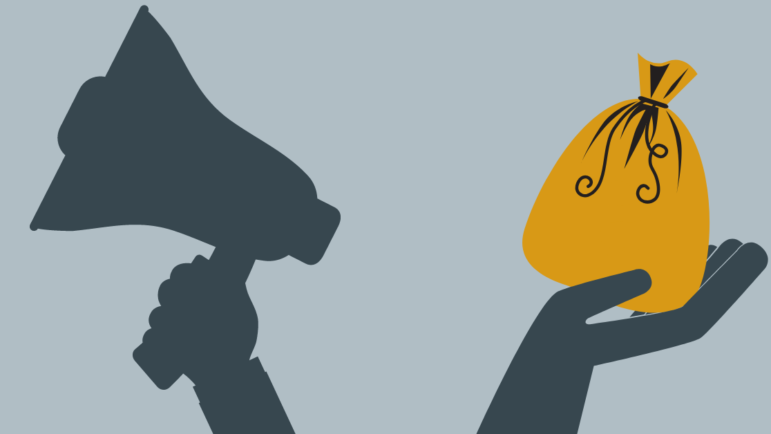With health care prices, deductibles, co-pays, and surprise bills all on the rise, it’s sad but not shocking that one-quarter of Americans report having trouble paying medical bills. This has led to widespread financial problems for American families. One in six Americans have past-due health care bills on their credit report and two-thirds of people who file for bankruptcy cite medical issues as contributing to financial problems.
Although patients are often told to advocate for themselves and fight surprise bills, it’s not usually that easy. As two stories in the recent news demonstrate, hospitals and debt collection agencies will go to extreme lengths to get the money they believe they are owed. A recent study found that Virginia hospitals sued patients about 20,000 times in 2017 and garnished their wages more than 9,000 times. This is happening all over the country.
In The New York Times, Misti Price of Carlsbad, New Mexico, tells the story about how Carlsbad Medical Center sued her five times for unpaid medical expenses and garnished her wages. The hospital never sent her an itemized bill showing what the charges were for, nor did they attempt to help her set up a payment plan to settle the charges. The loss of wages cost Price’s family their car and almost cost them their house.
Similarly, Joclyn Krevat of New York was hounded for years for payments for her heart transplant, The Atlantic reports. But unlike in Price’s story, Krevat’s debt had been sold to debt buyers, a common move for hospitals and doctor’s offices if bills aren’t paid. The debt buyers were extremely aggressive with their tactics to recover payments from Krevat, not only calling multiple times a week, but also pursuing her on social media.
What Price and Krevat have in common is that both of them were insured when they received these medical bills. Price was charged for $17,000 for emergency care for her asthmatic daughter, even after insurance paid, because Price had a high deductible and some doctors were unexpectedly out-of-network. Krevat also was hit with surprise medical bills when some of the doctors who treated her turned out to be out-of-network, adding up to nearly $50,000. Even as the Affordable Care Act has increased access to health insurance, about the same number of Americans are being bankrupted by health care costs.
Hospitals surprising patients with out-of-network bills or suing patients for unpaid expenses is unacceptable, especially for nonprofit hospitals, which receive millions in tax breaks each year. As politicians consider legislation to curb surprise medical bills, they should also think about new regulations to prohibit hospitals from suing patients for these surprise bills.
